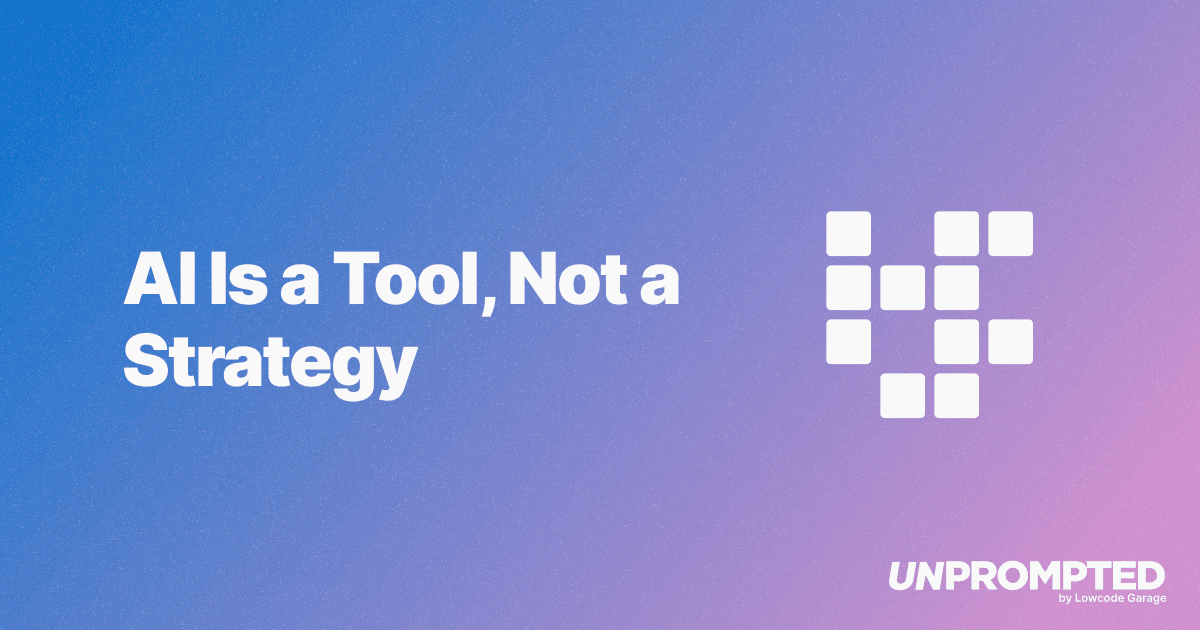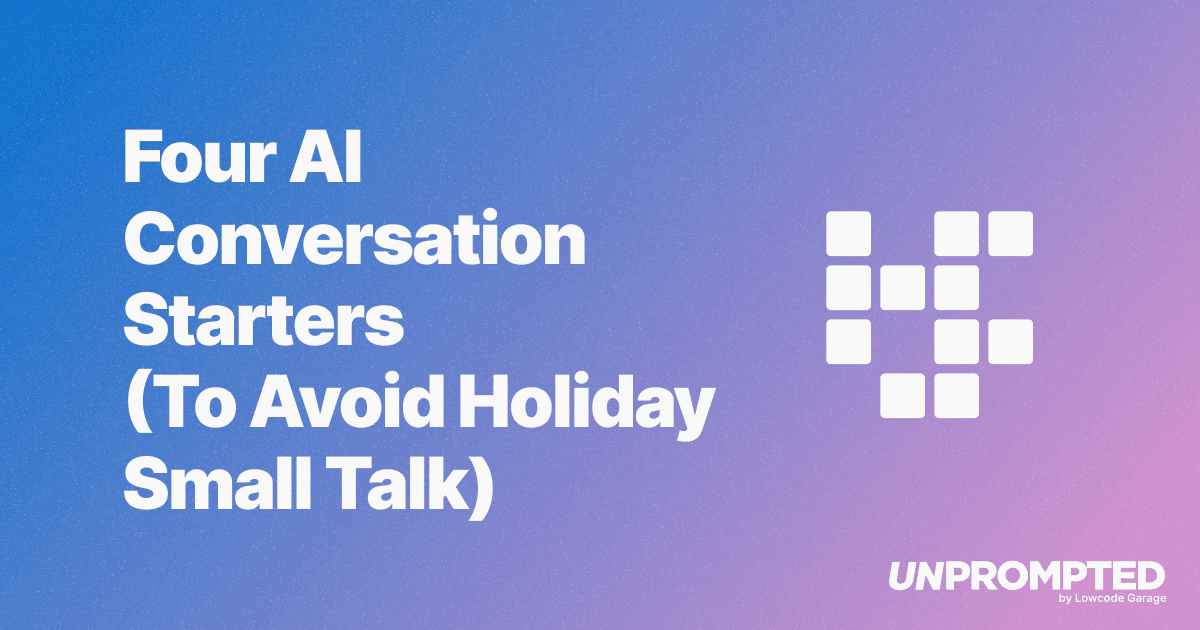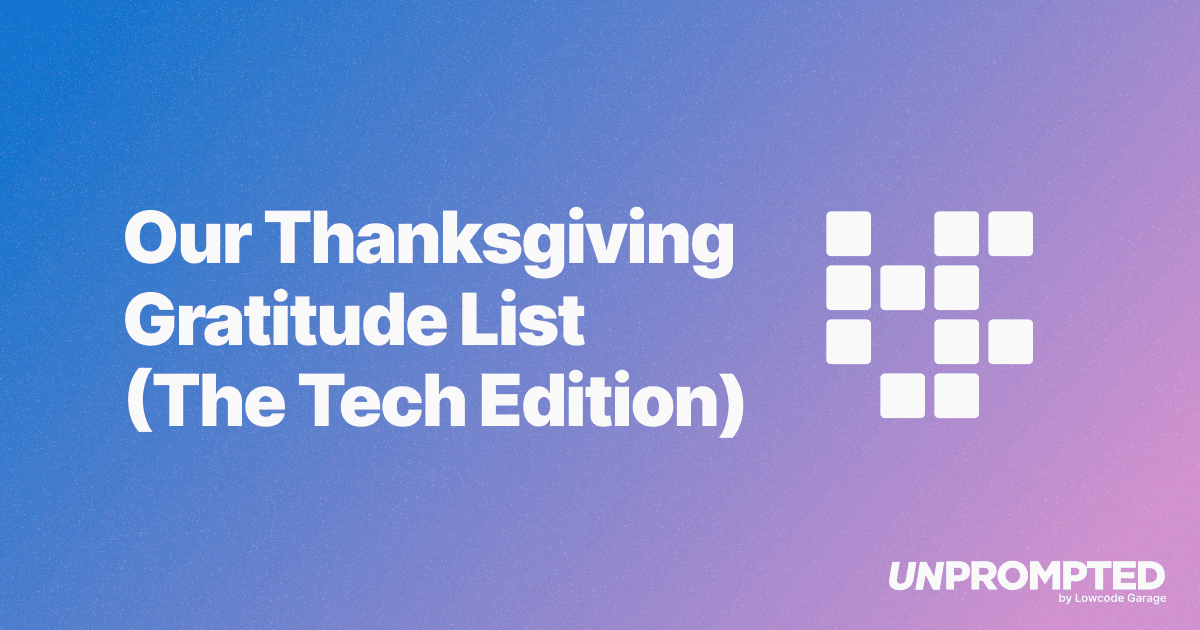From Imagination to Visualization: How Non-Technical Marketers Can Prototype Any Digital Idea
Discover how non-technical marketers can create working prototypes of any digital concept, from email campaigns to mobile apps, without coding.
Stop Describing Your Vision and Start Showing It
As marketers, we're idea generators. We envision the perfect email sequence, the intuitive app experience, the landing page that finally communicates our value proposition. But too often, these ideas remain trapped in rough sketches, clunky mockups, or worst of all—verbal descriptions.
We've all felt the frustration:
-
"That's not what I meant."
-
"The vision isn't coming through."
-
"No, the button should be more prominent."
Every round of feedback adds days or weeks to the timeline. By the time your idea becomes reality (if it ever does), the opportunity may already be gone.
What if you could skip the frustrating back-and-forth and directly create a working prototype of exactly what you're envisioning—whether it's an email, an app, a landing page, or any digital experience?
Today, you can. No coding required.
The Prototype Revolution for Non-Technical Marketers
The ability to create functional prototypes has traditionally been reserved for those with technical skills. But a new generation of tools has democratized prototyping, making it accessible to anyone who can describe what they want.
Here's how to bring your digital ideas to life, no matter what form they take:
Email Campaigns and Sequences
Old Way: Create wireframes → Wait for design → Wait for HTML coding → Test → Request revisions → Repeat.
New Way: Design and test functional email prototypes yourself within hours.
For example, you can use Figma + Claude/ChatGPT to design visually, then get AI to generate working HTML.
Quick Win: Create three variations of your next email campaign in a single afternoon, test them with your team, and implement the winner immediately.
Mobile Apps and Features
Old Way: Write specs → Wait for wireframes → Review designs → Wait for development → See version months later.
New Way: Build interactive app prototypes that feel real—in days, not months.
For example, you can use Cursor and ChatGPT to write a description of your app flow, and use Cursor's AI integration to generate the React code to create a working prototype in minutes.
Quick Win: Record a 2-minute video walking through your prototype and share it with stakeholders for immediate feedback.
Landing Pages and Websites
Old Way: Request design resources → Wait → Request development → Wait → Review → Revise → Wait again.
New Way: Build working landing pages yourself that collect real data and drive real conversions.
For example, you can use V0.dev to type what you want in plain English (like "create a pricing page with three tiers and a comparison table") and get production-ready code.
Quick Win: Create a simple A/B test with two different headline approaches and see which resonates better with real visitors.
Interactive Dashboards and Tools
Old Way: Create static mockups in PowerPoint and hope developers understand your vision.
New Way: Build working data visualizations and interactive tools yourself.
For example, you can use Lovable.dev to create complex, interactive experiences without coding.
Quick Win: Take your most referenced spreadsheet and turn it into an interactive dashboard your team can filter and explore.
The Mindset Shift: From Requester to Creator
The most powerful change isn't the tools—it's how you see yourself in the creation process:
-
Embrace imperfection: Your first prototype doesn't need to be polished. A working, imperfect prototype beats a perfect description every time.
-
Think in iterations: Plan to create multiple versions—prototyping is about evolution, not perfection.
-
Start without permission: Don't wait for approval to build a prototype. Create it first, then show what's possible.
-
Be solution-focused: When you hit a roadblock, ask "How can I work around this?" instead of "Who can fix this for me?"
Why Prototyping Changes Everything
When you create functional prototypes instead of mockups, four powerful shifts happen:
-
Decisions Accelerate: No more endless meetings debating abstract concepts. With a working prototype, stakeholders can experience your idea directly, leading to faster alignment and clearer feedback.
-
Bad Ideas Fail Faster (That's Good!): Discover flaws early when they're cheap to fix. A prototype reveals problems that would be expensive to solve after full development.
-
Good Ideas Get Better: When people can interact with your vision, they provide feedback on improving the concept rather than just trying to understand it.
-
Your Career Advances: When you transform from "idea person" to "creator," your value increases. The marketer who can both envision AND bring concepts to life is indispensable.
The first time you see your idea come to life—not as a mockup but as something people can actually use and interact with—it's transformative. You'll never want to go back to PowerPoint decks and long requirement documents.
Your marketing ideas deserve to be seen and experienced, not just described. Now you have the power to make that happen.
Frequently Asked Questions
Continue Reading

AI Is a Tool, Not a Strategy
Henry Kravis reminds us that AI is a productivity tool, not a strategy. Strong management, cultural fit, and operational fundamentals still determine whether businesses succeed or fail.

Four AI Conversation Starters (To Avoid Holiday Small Talk)
Four timely AI conversation starters covering federal vs state AI regulation, Opus 4.5 capabilities, physical AI in construction, and Michael Burry's bet against Nvidia—perfect for surviving holiday small talk.

Our Thanksgiving Gratitude List (The Tech Edition)
Discover the AI tools transforming how we build products at Lowcode Garage. From publishing content with Claude Desktop to building prototypes in weeks instead of quarters, here's our Thanksgiving gratitude list for the tech that makes it all possible.